The Grocery Store Challenge: How to Use Unit Rates to Solve Word Problems
Welcome to our real-world math session! Today, we'll navigate the bustling aisles of a grocery store, where unit rates become our best ally to tackle word problems. Strap in for our shopping cart math adventure!
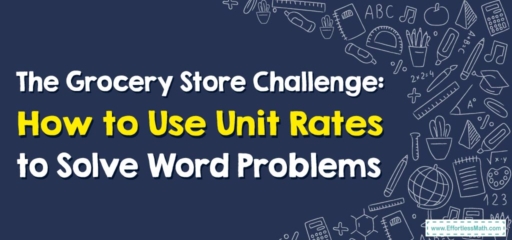
1. Grocery Shopping with Math: Understanding Unit Rates
In our daily lives, we often make decisions based on unit rates without even realizing it. A unit rate describes how many units of the first type of quantity correspond to one unit of the second type of quantity. For example, if a \(6\)-pack of soda costs \($3\), the unit rate, or cost per can, is \($\frac{3}{6}\), which equals \($0.50\) per can.
2. Slaying the Beast: A Guide to Using Unit Rates in Word Problems
The Shopper’s Guide to Solving Word Problems Using Unit Rates
Step 1: Identify the Word Problem
Our mission begins by understanding the problem we’re facing. What are we trying to find? The cost of one item? The speed of a car? The amount of ingredients needed for a recipe?
Step 2: Extract the Units and Rates
After identifying the problem, we’ll need to find the given rate. This usually involves two different units, like dollars per soda can, miles per hour, or cups per serving.
Step 3: Calculate the Unit Rate
Now, let’s find our unit rate by dividing the first quantity by the second quantity.
Step 4: Use the Unit Rate to Solve the Problem
We’ll apply the unit rate to solve our problem. This might mean multiplying the unit rate by a certain number or using the unit rate to compare two different options.
Let’s try an example: You’re in the grocery store and see two brands of orange juice. One brand costs \($3.00\) for a \(1\)-liter bottle. The other brand is \($5.00\) for a \(2\)-liter bottle. Which is the better buy?
- Identify the Word Problem: We’re trying to find which brand of orange juice is cheaper per liter.
- Extract the Units and Rates: The first brand is \($3.00\) per liter, and the second brand is \($5.00\) per \(2\) liters.
- Calculate the Unit Rate: The unit rate for the first brand is \($\frac{3.00}{1} = $3.00\) per liter. The unit rate for the second brand is \(\frac{$5.00}{2} = $2.50\) per liter.
- Use the Unit Rate to Solve the Problem: The second brand is cheaper per liter, so it’s the better buy!
Congratulations! You’ve successfully navigated the grocery store aisles using unit rates. With this handy tool, you’re well-equipped to make smart, cost-effective decisions. So, happy shopping and happy calculating!
Related to This Article
More math articles
- 6th Grade CMAS Math Worksheets: FREE & Printable
- 10 Must-Have Elementary Classroom Math Supplies
- The Best TABE Math Worksheets: FREE & Printable
- 6th Grade SBAC Math FREE Sample Practice Questions
- FREE 5th Grade SBAC Math Practice Test
- How to Apply Limit Properties
- In-Depth Guide to Understanding How to Combine The Limit Laws
- What Skills Do I Need for The CBEST Math Test?
- Ultimate Guide to Proving Angles Congruent: Techniques and Tips
- Quotient Quest: How to Estimate Division with Two-Digit Divisors
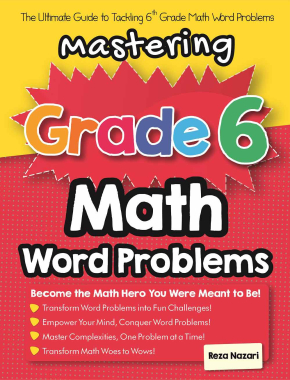

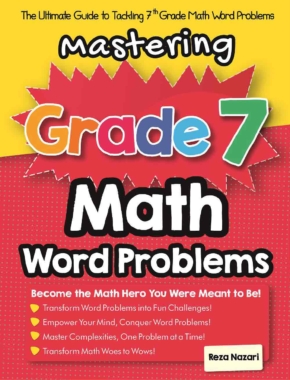

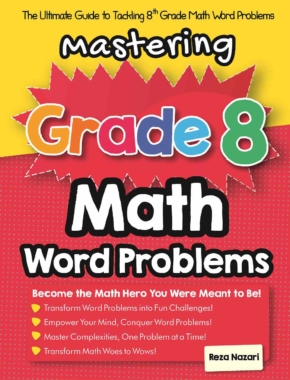

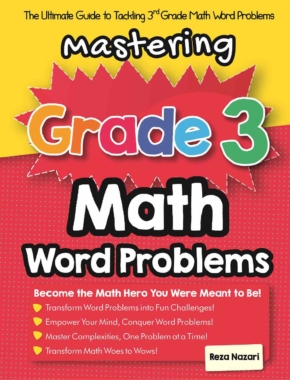
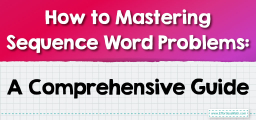

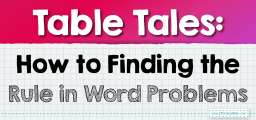


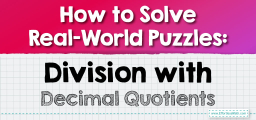
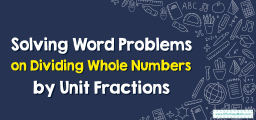




What people say about "The Grocery Store Challenge: How to Use Unit Rates to Solve Word Problems - Effortless Math: We Help Students Learn to LOVE Mathematics"?
No one replied yet.